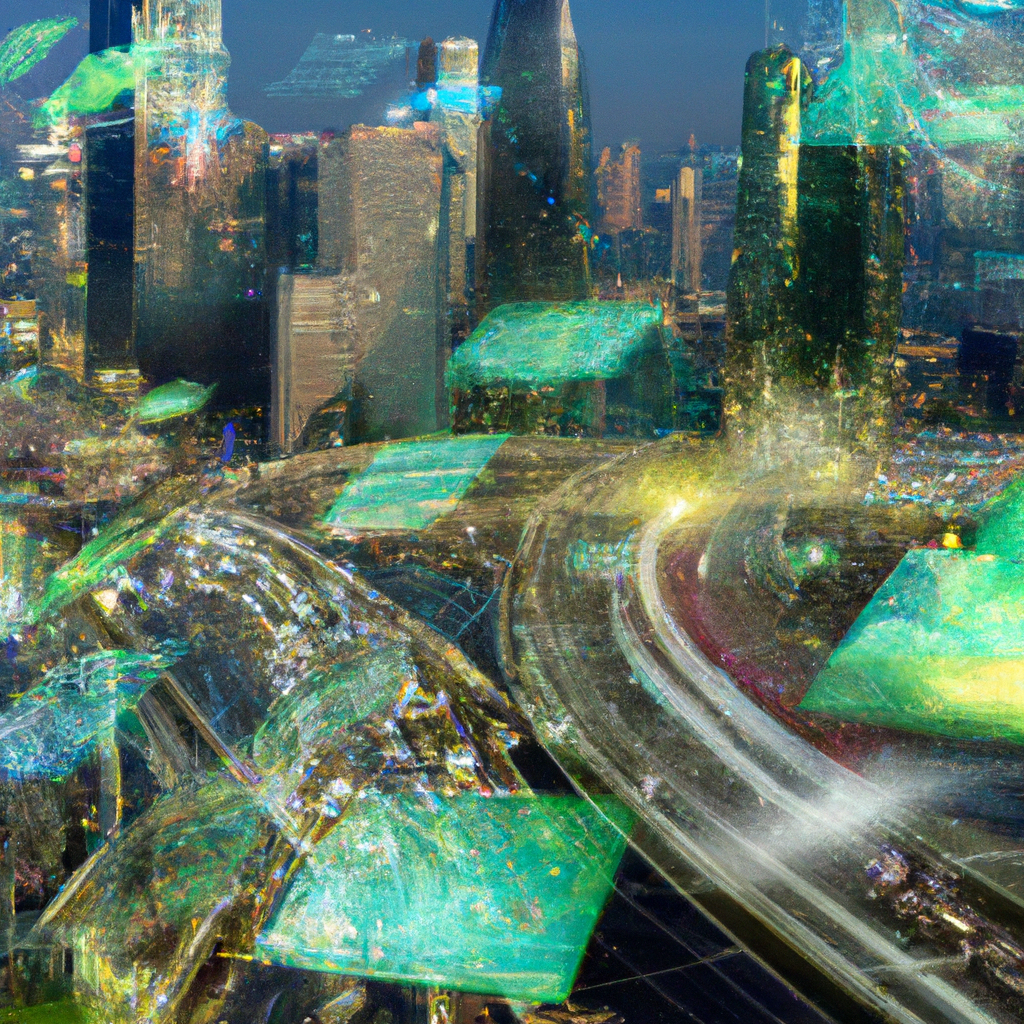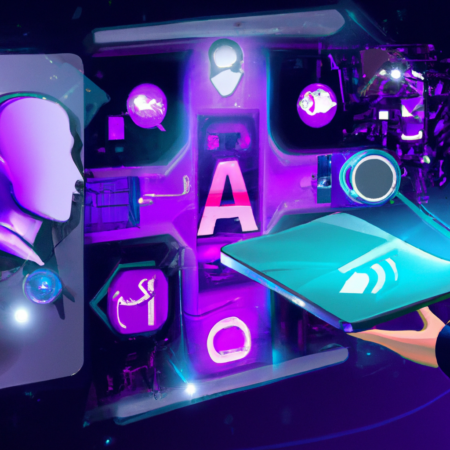Navigating the Future: The Top Tech Trends of 2025
In the second quarter of 2025, the technology landscape is evolving at an unprecedented pace, driven by rapid advancements and innovative breakthroughs. This blog post explores the most significant tech trends that are shaping our world and how they are expected to influence various industries.
Artificial Intelligence and Machine Learning
AI and ML continue to be at the forefront of technology, enhancing everything from healthcare diagnostics to customer service automation. By 2025, these technologies are becoming even more sophisticated, with new algorithms that can predict outcomes with greater accuracy and adapt to changes in real-time.
Quantum Computing
Quantum computing has moved from experimental to practical applications in fields such as cryptography, drug discovery, and complex system modeling. This year, we are seeing an increase in accessibility to quantum technologies, thanks to cloud-based quantum computing services.
5G and Beyond
The global rollout of 5G networks is revolutionizing mobile connectivity, with speeds that support high-definition video streaming, ultra-fast downloads, and seamless communication in smart cities. Moreover, researchers are already paving the way for 6G, promising even more dramatic improvements in bandwidth and device connectivity.
Blockchain Expansion
Blockchain technology is expanding beyond cryptocurrency, providing solutions for secure, transparent transactions and data storage across various sectors including finance, supply chain, and public administration.
Sustainable Tech
With a growing emphasis on sustainability, green technology is becoming integrated into more areas of our lives. Innovations such as biodegradable electronics and energy-efficient data centers are becoming more prevalent, reflecting a commitment to reducing environmental impact.
As technology continues to evolve, staying informed about these trends is crucial for businesses and consumers alike. By understanding the potential applications and implications of these technologies, we can better prepare for the future that they will shape.






